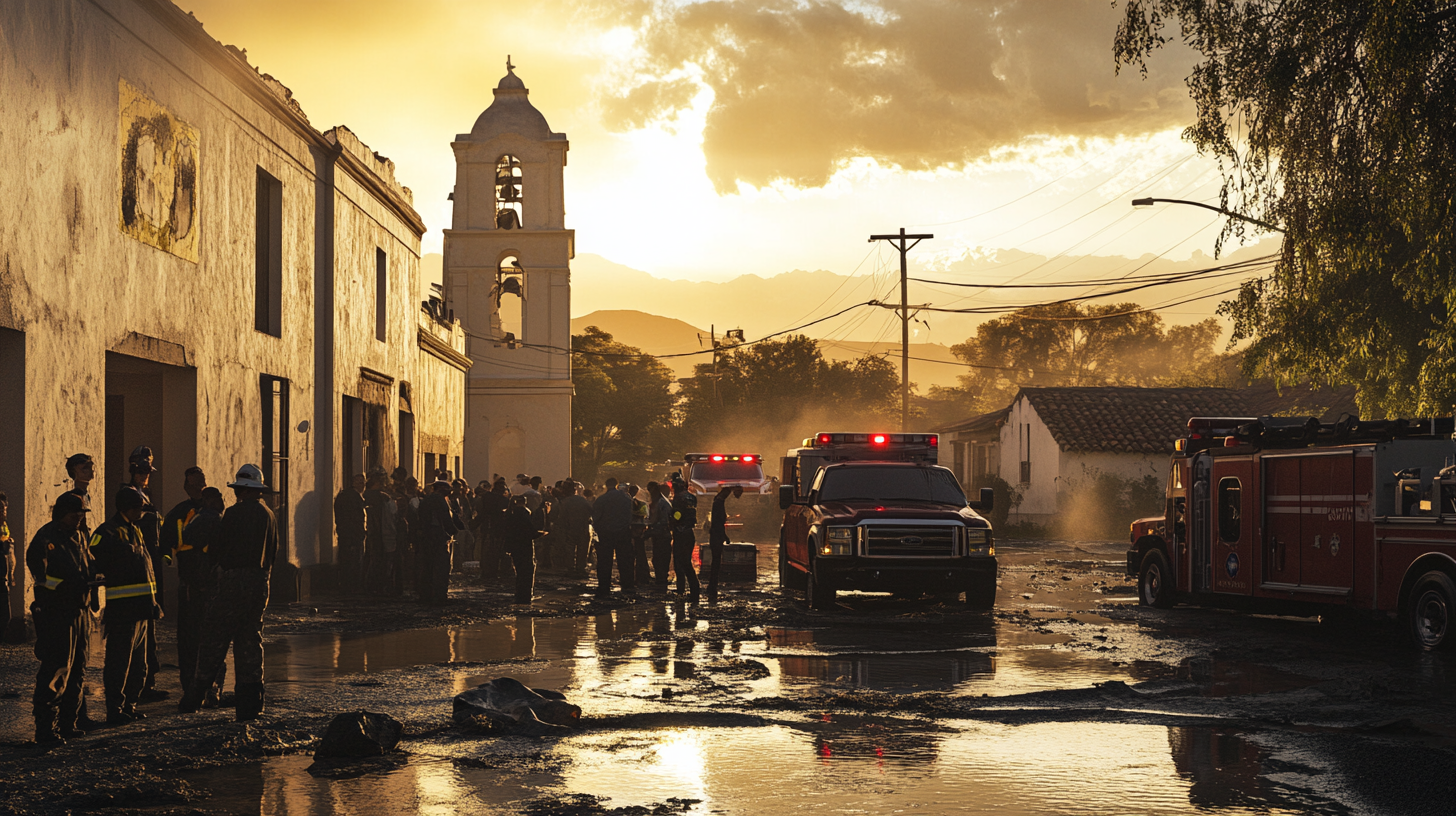Flood of the Century: How the Rio Grande Valley is Coping
The Rio Grande Valley (RGV) is grappling with the devastating aftermath of a storm dubbed the “Flood of the Century,” which brought staggering rainfall of up to 23 inches over March 27-28, 2025. As floodwaters continue to affect the region, the community of Green Valley Farms, along with other areas in the RGV, is assessing the damage and considering future measures to mitigate such disasters.
The Impact on Green Valley Farms
Residents of Green Valley Farms are among those hardest hit by the flooding, a fact significantly felt by Alejandro G. Leal, a retired businessman who had taken steps to fortify his home against such occurrences. Despite building above the county code, Leal found his residence under water due to the natural drainage patterns funneling surrounding floodwaters into his locale.
Faced with a harrowing decision during the storm, Leal chose to prioritize saving his new truck over safeguarding his livestock, which tragically perished in the flood. “The water rose faster than we could have predicted,” Leal shared, capturing the urgency and devastating speed of the floodwaters.
As the flood recedes, discussions among Green Valley Farm residents are turning toward infrastructure solutions. Leal is contemplating the possibility of San Benito annexing the community to improve infrastructure and service provisions, while also advocating for more comprehensive drainage improvements at the county level.
Regional Infrastructure Challenges
The flooding incident has amplified calls for a regional approach to flood management. Civil engineer J.V. Garcia is a staunch proponent of this vision, advocating for a Rio Grande Valley Flood Control District to coordinate drainage systems across multiple jurisdictions. According to Garcia, “The scattered approach with different priorities and funding creates a patchwork infrastructure that can’t withstand extreme weather events.”
Such a district could harmonize efforts among counties, cities, and irrigation districts within the RGV, potentially preventing future disasters like the March flooding. Garcia is actively engaging the community through the RGV Coalition of Drainage Advocates’ petition, which urges local and state leaders to prioritize these efforts.
Community and Economic Impact
The effects of the unprecedented rainfall were felt far and wide. The National Weather Service estimated that over 1,000 buildings and vehicles suffered severe damage, and crucial facilities like Valley International Airport temporarily ceased operations. The storm, which broke historical rainfall records, has renewed focus on the economic resilience of Valley residents, as many find themselves contemplating insurance claims, repairs, and recovery strategies.
In response to the widespread damage, local officials, alongside Texas Governor Greg Abbott and the Federal Emergency Management Agency (FEMA), are evaluating the situation for potential disaster declarations and financial aid. “We are committed to supporting our community through this challenging time,” stated Governor Abbott, emphasizing coordinated relief efforts.
Supporting Recovery
To mitigate the financial strain on affected individuals, Cameron County Judge Eddie Treviño, Jr. has announced a temporary waiver of building permit fees for flood-related home repairs. This initiative aims to ease recovery efforts and alleviate stress for Valley residents as they rebuild their lives. “Waiving permit fees is a positive action to reduce costs for our residents who were impacted,” Judge Treviño stated.
Looking Ahead: Future Implications
This recent flood event highlights the need for a comprehensive approach to infrastructure and emergency preparedness, a topic that resonates deeply after past incidents of extreme weather in South Texas. The shared experiences of the RGV community serve as reminders of the pressing need for improved systems and policies.
As conversations progress, future implications for the region might include substantial investments in infrastructure, enhanced emergency planning, and a stronger focus on community education and preparedness. The potential formation of a unified flood control district stands as a pivotal step towards long-term resilience and safety for the Valley.
While Green Valley Farms and surrounding areas continue to face challenges, the enduring spirit of Valley residents and communal solidarity offer hope. As the community navigates recovery and restoration, the lessons learned from the “Flood of the Century” will guide efforts toward a more secure and sustainable RGV future.
For more information on flood recovery resources or to participate in local initiatives, residents are encouraged to contact Cameron County’s emergency management office or visit the RGV Coalition of Drainage Advocates online petition page.
In the days ahead, as the RGV rebuilds, the focus remains on safeguarding the community’s future against the realities of climate change and extreme weather, ensuring that the vibrant culture and life of the Valley continue to thrive.







